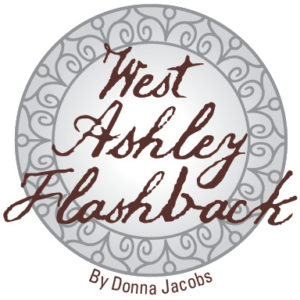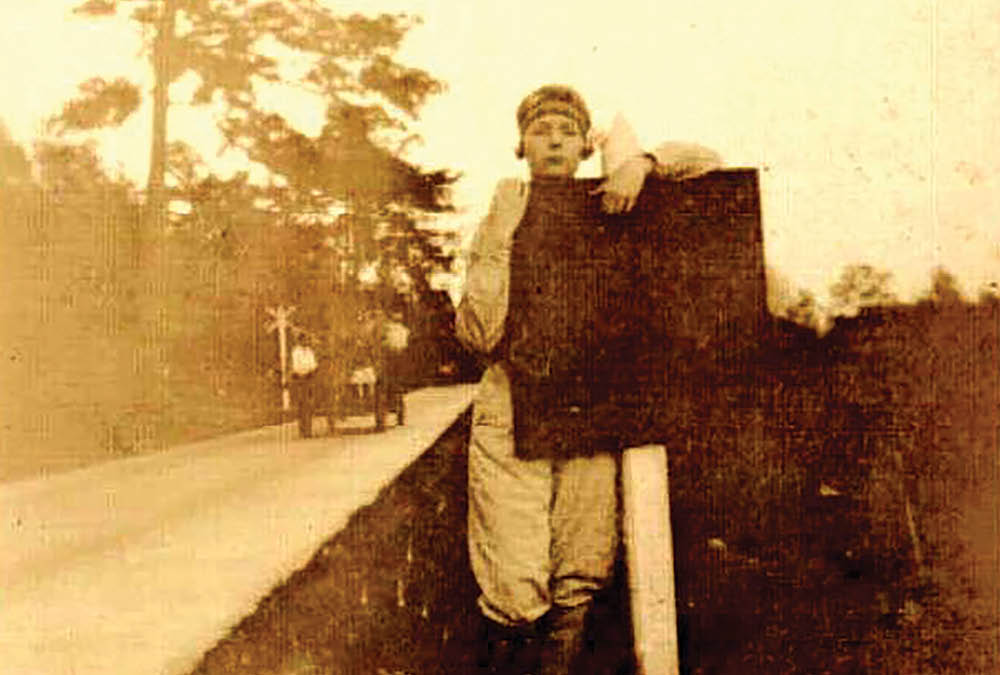St. Andrew’s Parish was well-known for it’s beautiful farms and gardens
 Farms and gardens have been an important aspect of St Andrew’s Parish history going back to the first experimental farm in the 1670s where Joseph West was the agent for the Lords Proprietors. The purpose of this farm was to determine which crops would best grow to provide food, furnish seed stock and to promote future agricultural operations. Once functionality was in place for the colony, beauty and form took hold. Seventy years later, Henry Middleton was envisioning a grand scale garden that has survived the generations and provided beauty to the Parish.
Farms and gardens have been an important aspect of St Andrew’s Parish history going back to the first experimental farm in the 1670s where Joseph West was the agent for the Lords Proprietors. The purpose of this farm was to determine which crops would best grow to provide food, furnish seed stock and to promote future agricultural operations. Once functionality was in place for the colony, beauty and form took hold. Seventy years later, Henry Middleton was envisioning a grand scale garden that has survived the generations and provided beauty to the Parish.
In 1886, the “New Bridge” across the Ashley River was built to replace the one burned during the Civil War. Soon the beauty of St. Andrew’s Parish, its gardens, and the farms where featured in the newspaper and people were encouraged to come visit. In May of 1888 an article ran in The News & Courier with the headline: “Over in St. Andrew’s. A Picturesque Region which is Being Converted into a Garden Spot – The Villages and Farms on the Other Side of the Ashley.” The article begins: “There are a good many alleged ‘Garden Spots’ in this world. Charleston has very just claims to the site of the ‘Garden of Eden’.” The reporter went on to describe the Parish as an “El Dorado”, a reference to a mythical beautiful city.
This love of gardens remained steadfast throughout the Parish’s history. In more modern time, nurseries became a flourishing business in the Parish. Many remember Margaret Higdon, her love for camellias; the Old Fort Nursery and Gardens on Ashley River Road and her TV show –“Gardening with Margaret Higdon”. But what about the nurseries that were located on Wappoo Road: Mosely’s, Skinner and Flowerland nurseries?
Today, one might live on Skinner Avenue or Garden Street or in Flowerland Terrace, but step back in time a bit and the suppliers of plants for the gardens of the area once occupied these places. Easily accessible nurseries were a hit with all the ladies who established Garden Clubs in these newly designed subdivisions.
In 1929, a plat of Tract D of Flowerland Terrace was prepared for Mrs. Dorothy Boynton and Miss Leila Skinner. Skinner’s Nursery is illustrated on the south side of the subdivision. An ad that ran in the June 10, 1930 edition of The Evening Post advertised an auction to be held for the sale of lots in Flowerland Terrace. The enticing ad speaks to the fruit bearing trees and strawberry plants that were cultivated at Flowerland Nursery and planted in the newly subdivided area. The nursery is located to the north of the lots according to the ad.
In addition to the ads about Flowerland Terrace, there continued to be ads for Flowerland Nursery. The ad in the June 9, 1930 edition of The Evening Post tells us that the nursery was formally Mosely’s Nursery. One can “Get a Beautiful Bouquet of Hydrangeas, Gladiolas, Calla Lilies” at the nursery or maybe drop in and investigate the new subdivision. In the fall, “chrysanthemums in all colors” and “shrubbery of all kinds” are featured in the ads for Flowerland Nursery.
As Charleston gears up for the Fall Garden Tours, it is nice to reminisce about the Parish nurseries that supplied some of the color and beauty.
And to the curious mind — Are strawberries still growing and fruit trees still bearing in the Flowerland area?
Gardens, garden clubs, or nurseries stories? Contact Donna at westashleybook@gmail.com. How about neighbor stories? Contact Donna Jacobs at westashleybook@gmail.com.








